Wonder walls: how Van Cleef & Arpels stays ahead of the curve

Architect-designers Patrick Jouin and Sanjit Manku have been defining the architectural character of the legendary French jewellery maison Van Cleef & Arpels since 2006, at the behest of the house’s president and creative director Nicolas Bos. This month, the ambition of this unique decade-long collaboration moves up a gear: a new flagship Van Cleef & Arpels boutique has just been unveiled at Place Vendôme, Paris, while the Jouin-Manku designed exhibition 'Van Cleef & Arpels – the Art of Science and Gems' opens at Singapore’s ArtScience museum.
We took a quick jaunt to Paris find out more about what makes their unique, decade-long partnership tick...
What sets the Jouin-Manku vision of modernity apart?
Nicolas Bos: I’d say that it is in the way Sanjit and Patrick have a strong signature but yet they don’t feel the need to apply that straight away. Here there are unexpected and different materials, colours and shapes that we did not use in previous boutiques.
Which design codes did you pick to reflect the evolution of Van Cleef & Arpels?
Sanjit Manku: There is almost no paint in this boutique. Instead we have focused on stone, cloth and wood: a 21st century stone with a unique identity; smoked oak, velvet cord on the walls, gold leaf and a soft colour palette. Our last Place Vendôme store for VCA made more use of wood and plaster. Sometimes we just do what we feel and add extra codes as we go. There is sequencing here, for instance: the front door leads to the staircase. We have to create chapters then, so as you move through, you get pulled in deeper.
Tell us about the starting point of your idea for the new boutique design?
Patrick Jouin: We designed it in a way that you can feel but you can’t see; approaching it as someone who knows nothing about Van Cleef & Arpels so that they have entered that world in the first few steps. There is an approach to identity that is specifically to provoke. Our design is an in-between mix – historical, modern and new – but without being ironic.
It sounds like the perfect mix…
PJ: When you push the door you want to feel the history but then open to something modern. Luxury 10 years ago was all about branding – now it is all about quality. Because the Place Vendôme is a fusion of military and luxury – that’s its history – it results in a kind of emptiness and that made us decide to design the boutique like a domestic house. The tradition was reflected in our use of hard stone –the creamy, chalky limestone known as ‘the Stone of Paris’, which we reinterpreted it with the spirit of Van Cleef. So, when you walk in to the boutique, that vestibule leads you to grander floors; like the entrance to another world.
Do you create a master plan and adapt the design to suit different territories?
SM: We could replicate what we have done before in cities across the globe but when we design a new boutique we want to give people an individual gift. The atmosphere here is important and it’s our job is to create a feeling; to make people feel a certain way when they step out of the Place Vendôme and into the boutique.
How do you overcome the restrictions of light and scale to create new ways of displaying jewellery?
PJ: The expression of VCA pushes the limits of savoir-faire in everything. They have a rich culture; our job is to develop that culture.
SM: It takes energy and purpose to build to this spec, so it does not make sense to make the boutique a museum of VCA.
NB: Harmony. The starting point is scale. We are not selling handbags or clothes. Jewellery is small – the whole environment must serve that but still be harmonious and consistent. The idea is to create something strong and memorable without obvious factors. The private salon is like the family jeweller; personal – a democratic environment. We don’t want to impose a forest of contours and windows on them, so here we have neutral tones; soft shapes. It’s subtle; it’s the spirit of the house. This is a store; it’s a special store for the people who come here to make it their space.
As originally featured in the May 2016 issue of Wallpaper* Time Supplement (W*206)

The main showroom is clad in creamy Paris stone and defined by the smooth curved lines of the walls and glass vitrines

Pictured left: in the hallway, a cabinet with a carved floral relief houses Van Cleef & Arpels’ ’Complications Poétiques’ watch collection. Right: the room dedicated to heritage and specially curated exhibitions
INFORMATION
For more information, visit the Van Cleef & Arpels website
Receive our daily digest of inspiration, escapism and design stories from around the world direct to your inbox.
Caragh McKay is a contributing editor at Wallpaper* and was watches & jewellery director at the magazine between 2011 and 2019. Caragh’s current remit is cross-cultural and her recent stories include the curious tale of how Muhammad Ali met his poetic match in Robert Burns and how a Martin Scorsese Martin film revived a forgotten Osage art.
-
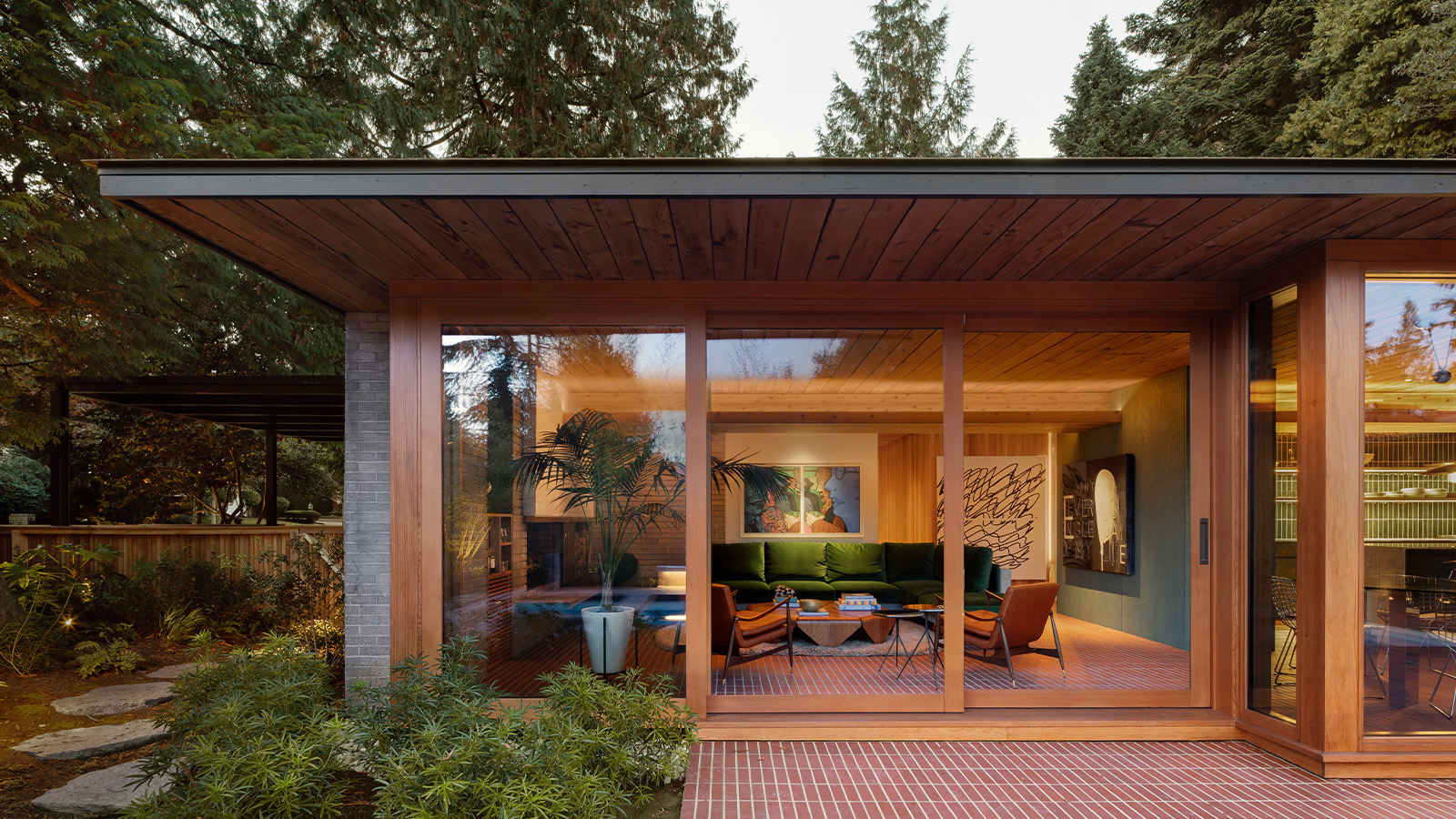 Peel back maple branches to reveal this cosy midcentury Vancouver gem
Peel back maple branches to reveal this cosy midcentury Vancouver gemOsler House, a midcentury Vancouver home, has been refreshed by Scott & Scott Architects, who wanted to pay tribute to the building's 20th-century modernist roots
-
 A spectacular lakeside house in Canada results from a radical overhaul
A spectacular lakeside house in Canada results from a radical overhaulSplyce Design’s Shoreline House occupies an idyllic site in British Columbia. Refurbished and updated, the structure has been transformed into a waterside retreat
-
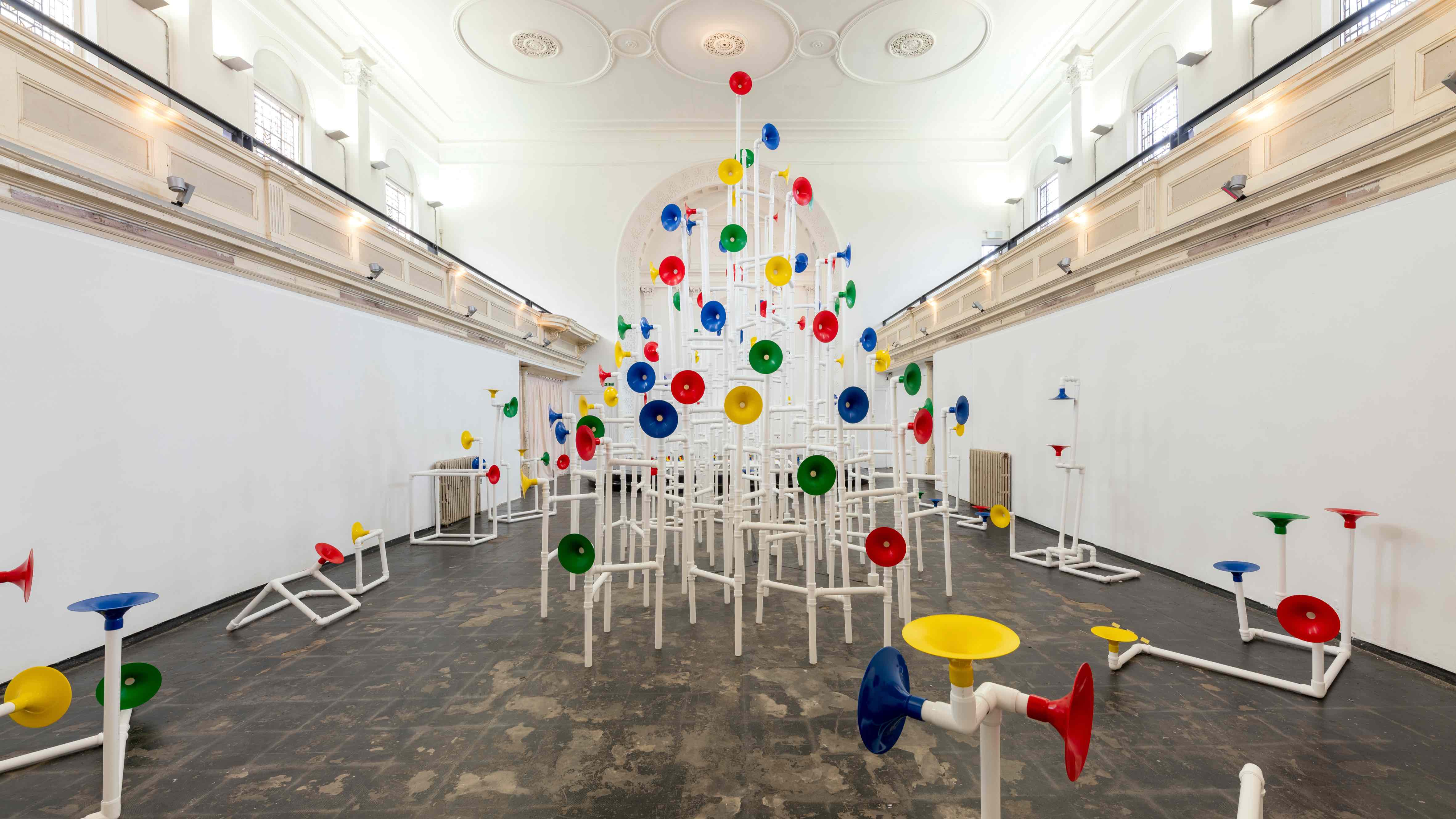 Yuri Suzuki turns sound into architecture at Camden Arts Projects
Yuri Suzuki turns sound into architecture at Camden Arts ProjectsThe sound designer unveils ‘Utooto’, an interactive installation at London’s Camden Arts Projects (until 5 October 2025), in which visitors collaboratively build a sonic piece of architecture
-
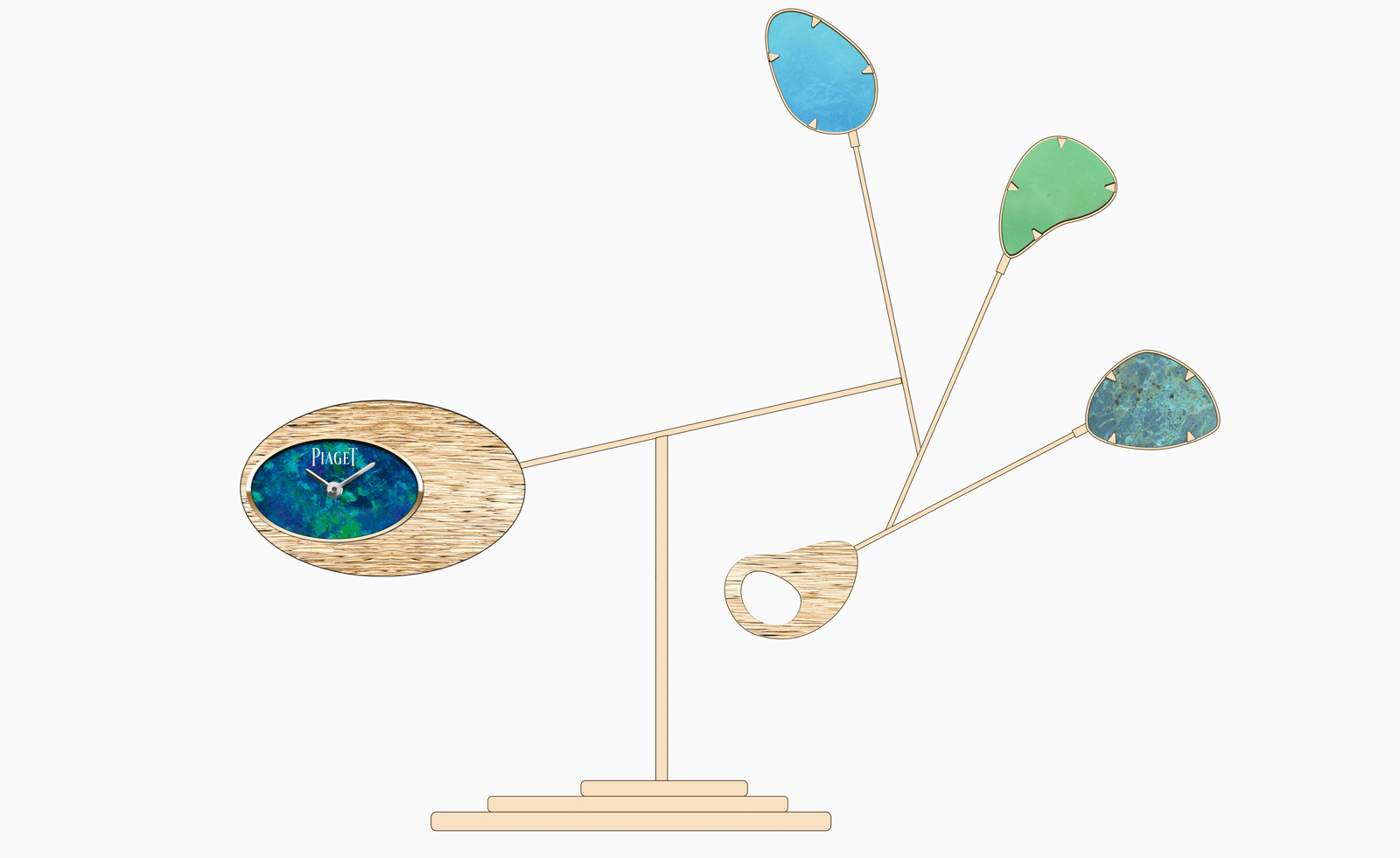 It’s time for the return of the show-stopping table clock
It’s time for the return of the show-stopping table clockA host of brands, from Piaget to Van Cleef & Arpels, are revisiting the table clock in spectacular style
-
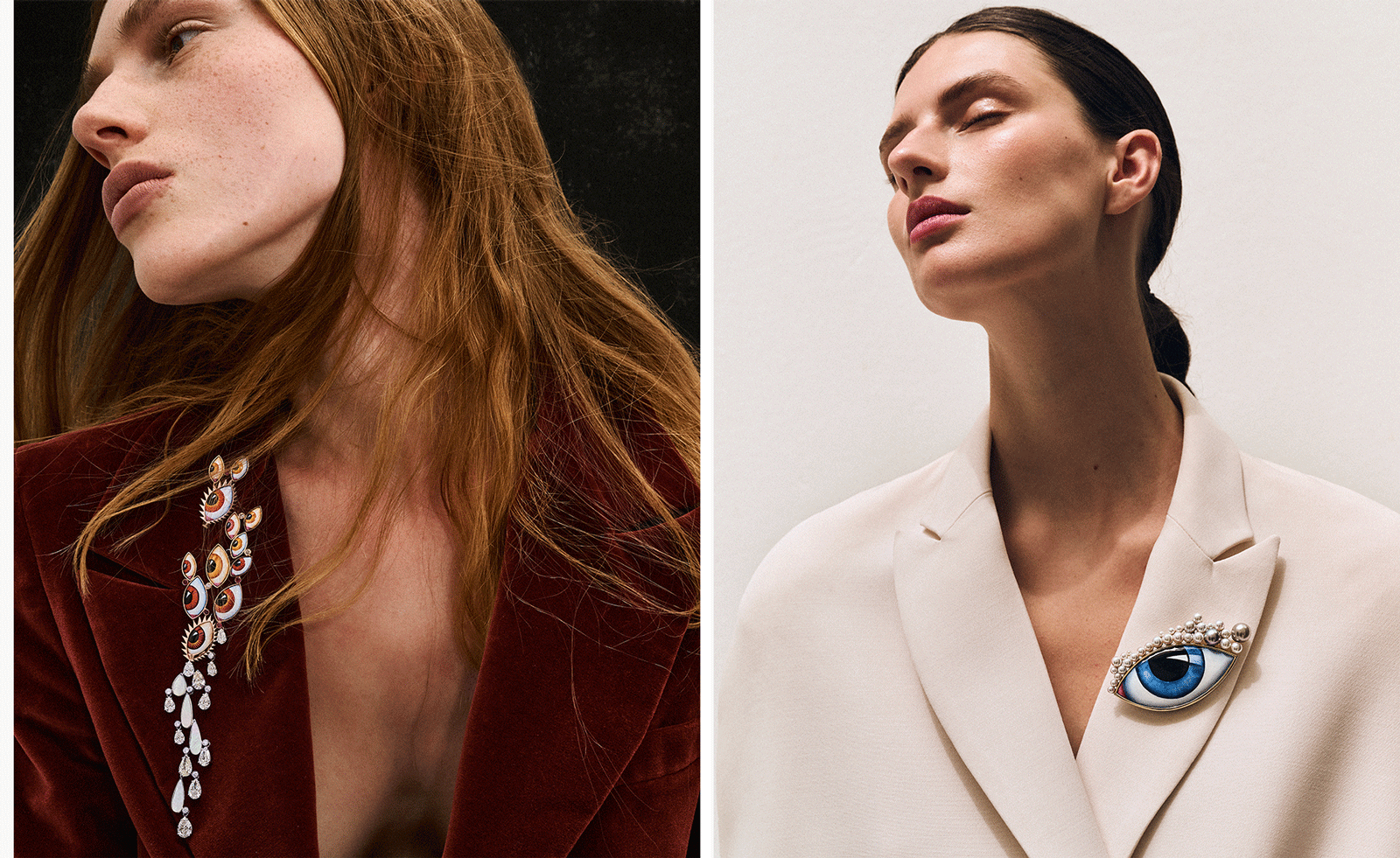 All eyes on Greek jewellery brand Lito as it launches bold new amulets to mark its 25 years
All eyes on Greek jewellery brand Lito as it launches bold new amulets to mark its 25 yearsStriking amulets, seductive stones and secret messages characterise Lito's striking new anniversary collection, an extension of its ‘Tu es Partout’ series
-
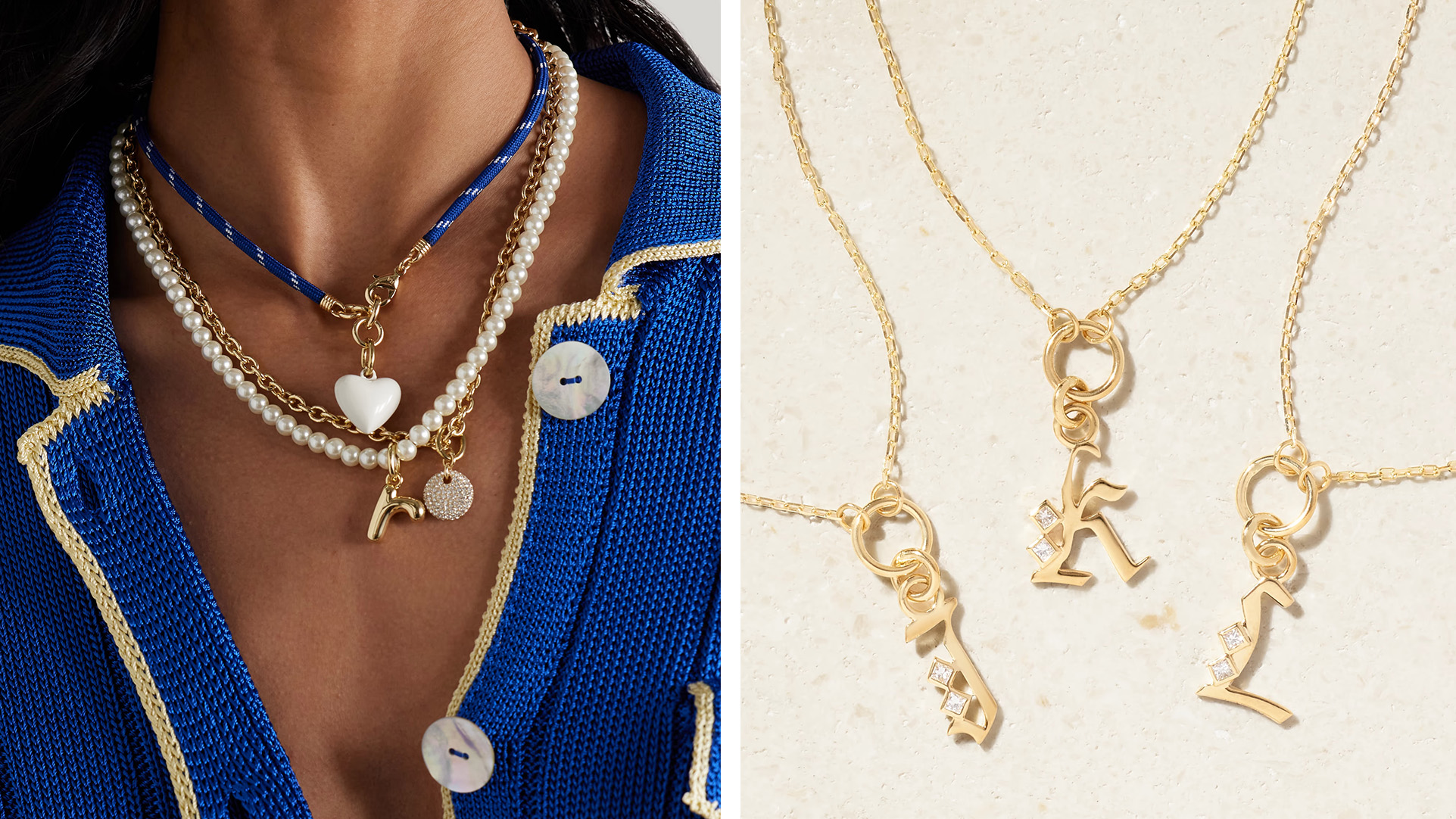 The best layering necklaces for an elevated yet casual look
The best layering necklaces for an elevated yet casual lookHow to mix, match and stack jewellery for the ultimate high-energy, low-effort style
-
 Van Cleef & Arpels light up London with the Dance Reflections festival
Van Cleef & Arpels light up London with the Dance Reflections festivalVan Cleef & Arpels are celebrating their ties with the world of choreography with the second edition of the Dance Reflections festival across London
-
 Dazzling high jewellery for statement dressers
Dazzling high jewellery for statement dressersIntricate techniques, bold precious stones and designs unite in these exquisite high jewellery pieces
-
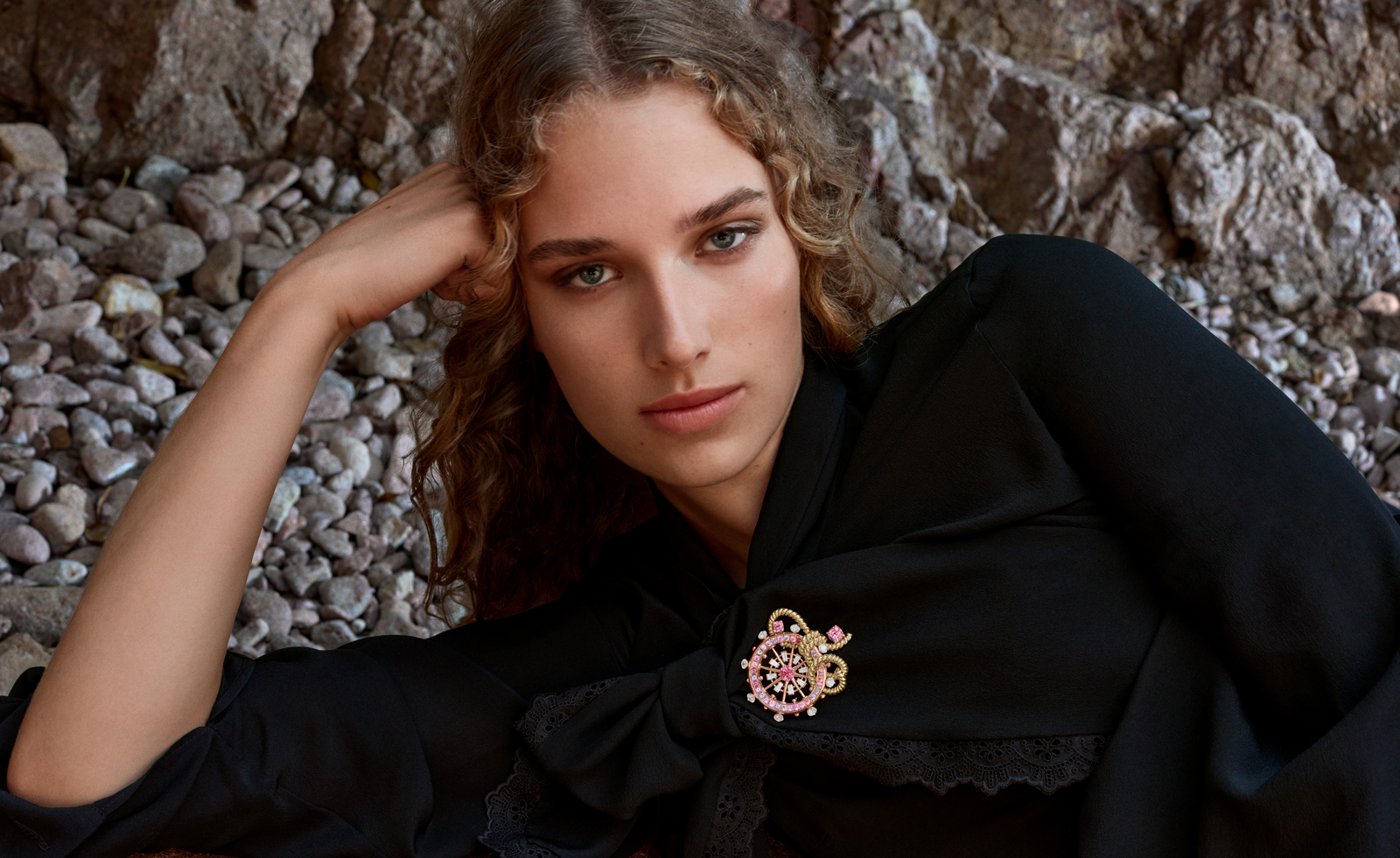 High jewellery is given a literary twist in Van Cleef & Arpels' new Treasure Island-inspired collection
High jewellery is given a literary twist in Van Cleef & Arpels' new Treasure Island-inspired collectionVan Cleef & Arpels look to Robert Louis Stevenson’s classic adventure story for a high jewellery collection in three parts
-
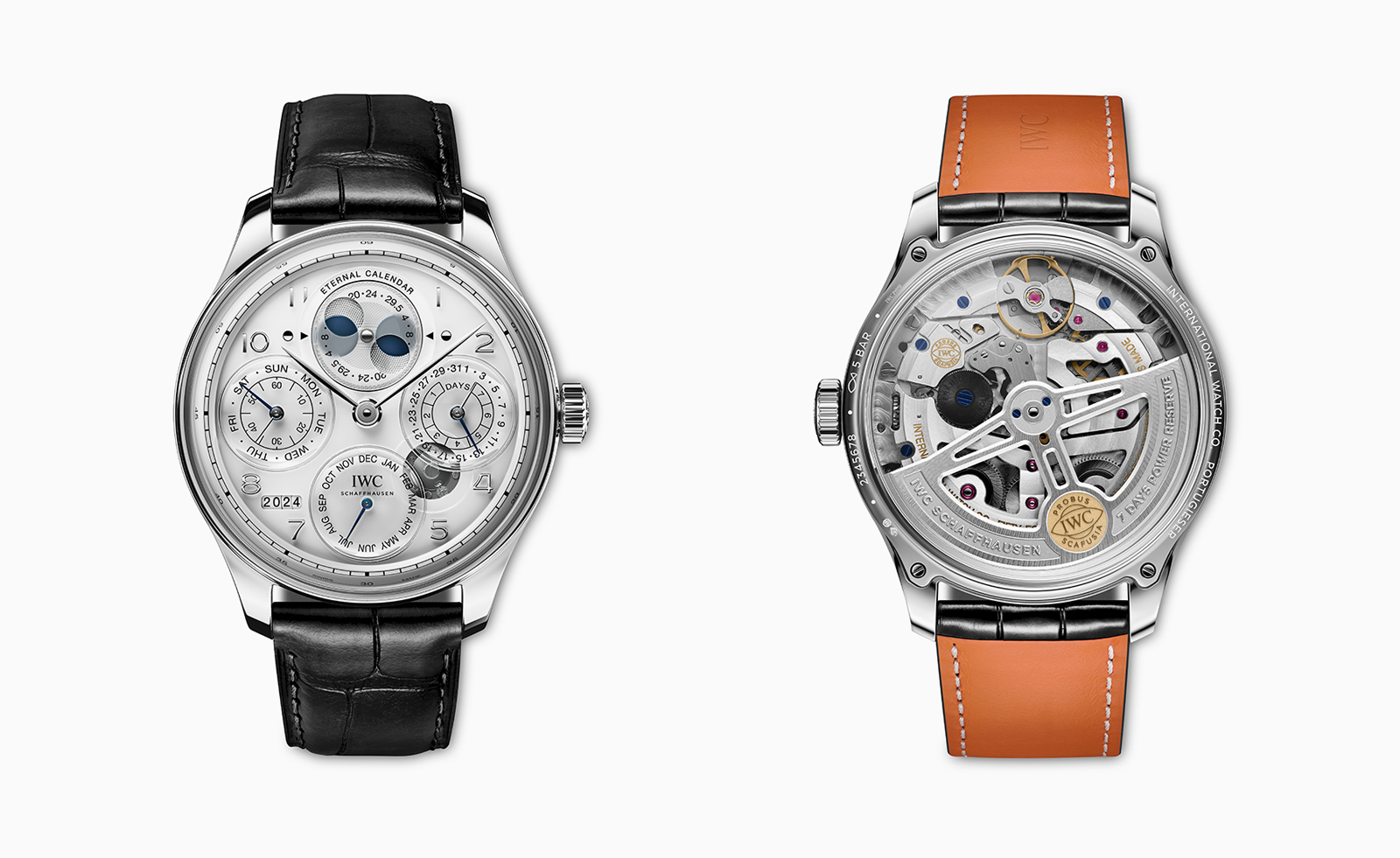 Take a look at the big winners of the watch world Oscars
Take a look at the big winners of the watch world OscarsThe Grand Prix d’Horlogerie de Genève is the Oscars for the watch world – get all the news on the 2024 event here
-
 An impressive private jewellery collection goes on public display in Dubai, organised by Van Cleef & Arpels’ L’École, School of Jewelry Arts
An impressive private jewellery collection goes on public display in Dubai, organised by Van Cleef & Arpels’ L’École, School of Jewelry ArtsLate French collector and antique art dealer Yves Gastou amassed an impressive ring collection, now the subject of an exhibition, ‘Men’s Rings, Yves Gastou Collection’